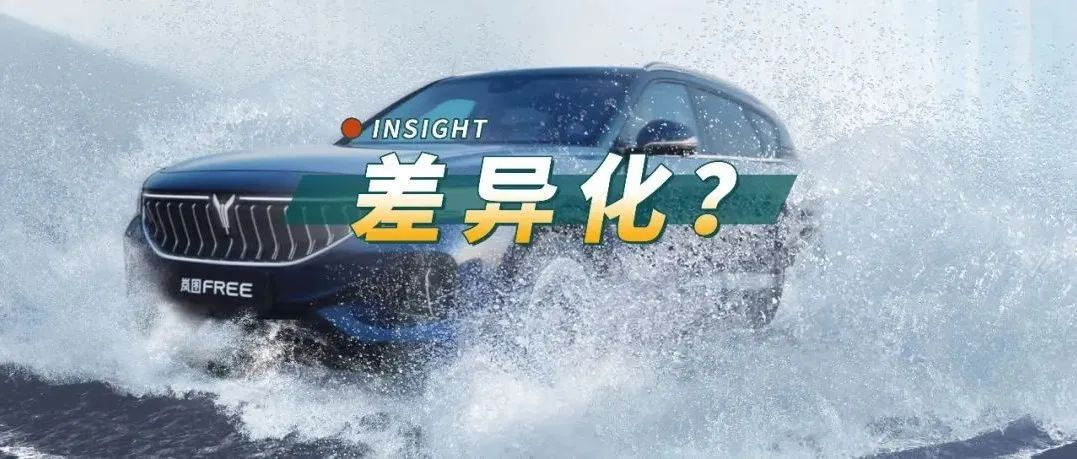Author: The Office
Voyah seems to have no natural following.

We pay attention to Tesla because it is the true pioneer in the global intelligence electric vehicle industry, with numerous experiments in concepts, technology and business models.
We pay attention to Nio, XPeng and Li Auto because they are the pioneers in the Chinese intelligence electric vehicle market. We hope to witness how far and how high Chinese new energy brands can go in this changing era.
We pay attention to Volkswagen, Toyota and General Motors because they are multinational giants of the previous generation with capital, talent and organizational capabilities, and transformation is always a great story.
What about Voyah? There seems to be no reason to pay attention to Voyah.
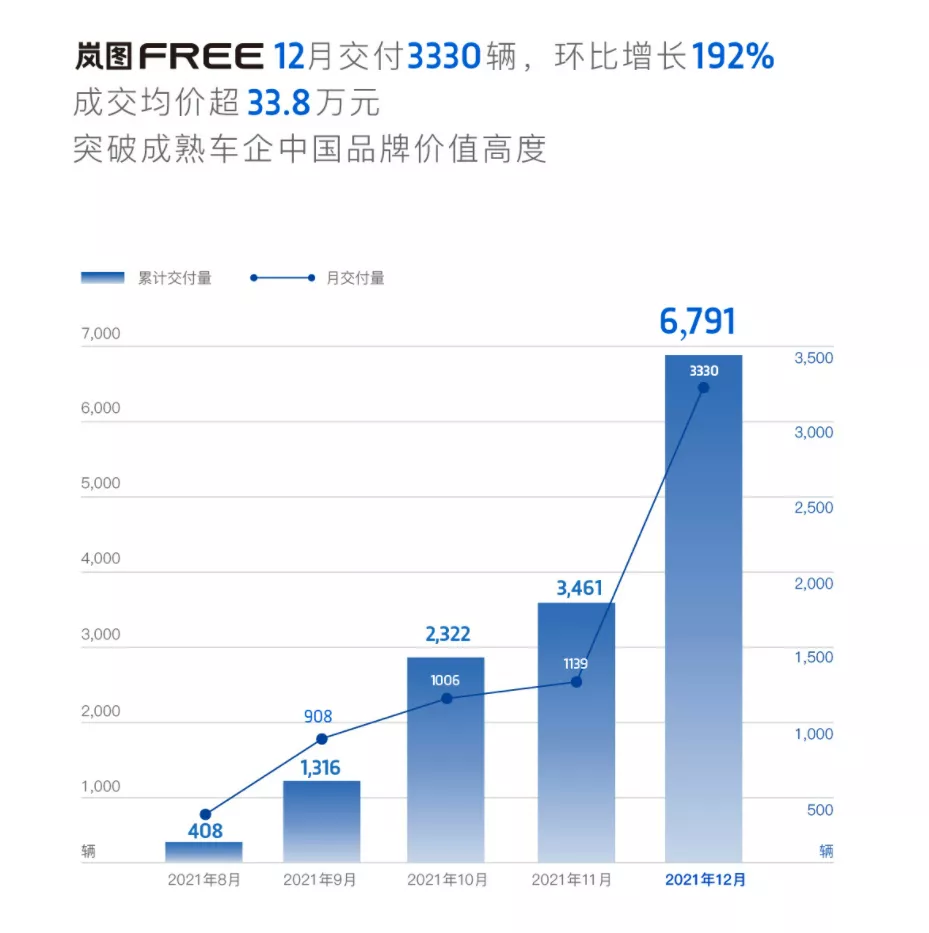
However, Voyah, with no natural following, sold 3,330 cars in December 2021, with an average transaction price of CNY 338,600.
It’s All About BBA
Sales> 3,000 units/month and average transaction price> CNY 300,000. These are the brutal benchmarks for an emerging high-end brand. But looking back at Voyah, we find that this company is really nothing out of the ordinary.
In the era of the big changes in the industry, new technologies, concepts and models are constantly emerging. Latecomer high-end brands rack their brains to think about new ideas that have not been explored, try to “differentiate” as much as possible, and respond to the world why it needs a new high-end brand.
Voyah does not believe in “differentiation”. Lu Fang, the CEO of Voyah, said: “Voyah wants to be a timeless classic high-end brand, not a trendy fast-selling brand. The details should stand the test of time.”
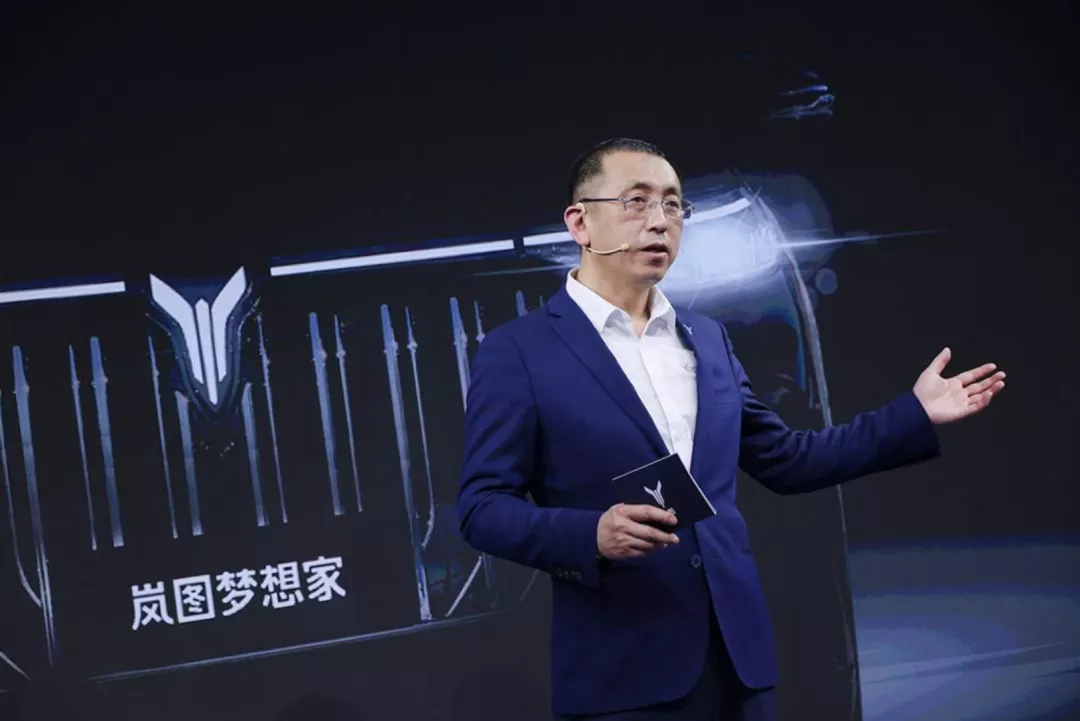
This sentence is so impartial that you can’t find any flaws in it, nor do you have any desire to share and discuss it. But for Voyah, this sentence is very essential, translated into a purer version: Voyah hopes to snatch customers from the user base of BBA and become a Chinese brand of BBA level.
There is a high correlation between Voyah FREE’s users and the official target audience: most of the users of this car are luxury car trade-ins, 61% of whom are BBA car owners.
We must face this “unsophisticated” brand strategy.What do BBA’s users care about the most? Design, safety, configuration and user experience, all of which contribute to quality.
Design is subjective and will not be discussed here. However, after more than a year since the release of the Voyah FREE, there are few criticisms of its appearance or interior design.
Voyah has devoted much effort to safety. For example, on the Voyah FREE pure electric version, they developed a battery thermal management system called “Amber”. In simple terms, Voyah used a heat-insulating and flame-retardant adhesive to fill the gaps between each cylindrical cell, forming the literal meaning of “Amber”, with the battery cell inside.
Short-circuit and thermal runaway in pure electric vehicles is a very tricky problem, and Voyah actually set a post-experiment goal that didn’t seem so reasonable: lithium-ion batteries should not emit smoke during thermal runaway.
In the first experiment, the battery burned until the monitoring camera malfunctioned, and the engineers had no better strategy than to forcibly sink it. According to the engineers, from July 2020 to April 2021, Voyah tested dozens of schemes, experiencing full-scale explosions in 30 seconds, perforation of top covers, and the melting of aluminum back panels… But in any case, Voyah got the result they wanted.
Their own tests showed that they did achieve the goal of short-circuit without smoke. Maybe some people have no concept of “short-circuit without smoke”, but in 2022, few people have not seen pure electric vehicles catch fire on their own.
Note that this design is not without cost – it makes the battery system heavier and reduces the vehicle’s range (NEDC 505 km). But the benefit is that if any battery cell short circuits and experiences thermal runaway, due to the flame-retardant gel surrounding it, it becomes extremely difficult for the fire to spread.
This is Voyah’s trade-off. Their judgement is that for luxury brand users, safety enhancement, even if the probability is lower than 1%, is more important than range.
Another detail is the adhesive used for the white body connection, which Voyah FREE uses water-based paint that does not contain formaldehyde, which is ten times stricter than national standards.
The common feature of these two design details is high cost but low user perception. Lu Fang said, “It’s like when a student is in the classroom and when they’re not. The student’s performance should be the same. Whether it’s visible or invisible to the user, our product quality should be equally safe, comfortable, and reliable.”Actually, Apple co-founder Steve Jobs expressed a similar sentiment: “Essentially nothing that beauty of a creation should be all encompassing.” High-end brands, more or less, share this belief.
In terms of configuration, air suspension is a typical defining feature for high-end brands. It is not a pain point but a typical itch point. Therefore, even for models of the same level like BMW X3 and Audi Q5, we cannot see air suspension.
But now we can. The Voyah FREE has lowered the threshold for the air suspension experience to the 300,000 yuan level. In other words, the Voyah FREE is one of the few models that features air suspension at the 300,000 yuan level.
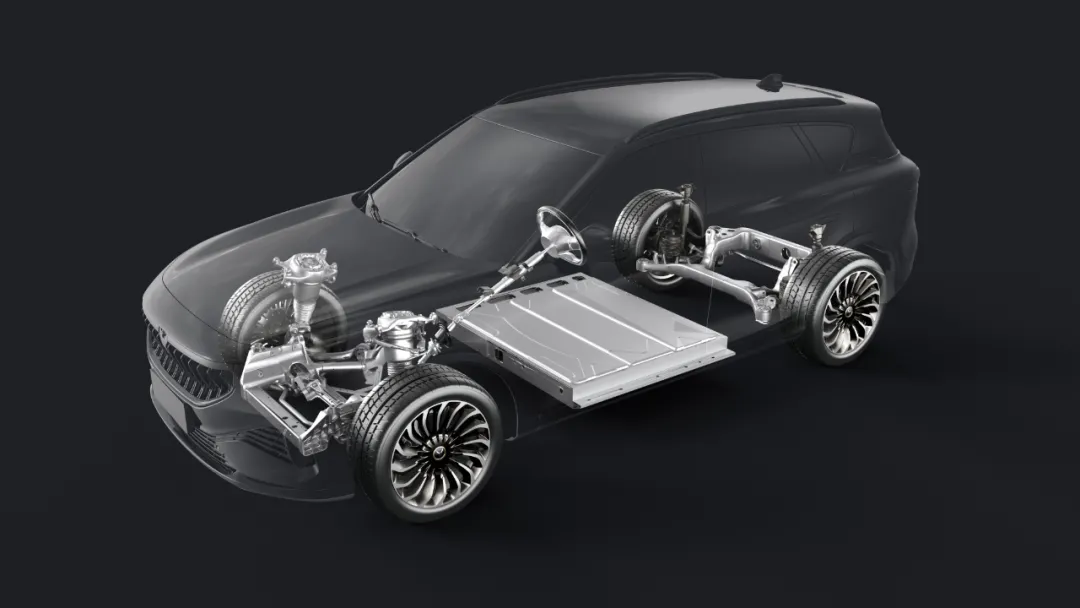
The Voyah FREE has a detail design that vividly reflects Voyah’s determination to take on BMW, Benz, and Audi: it preserves the ignition-on button just like the ignition button of a fuel-powered car.
This design has been removed in brands like Tesla and NIO, for electric cars can be powered on and off with the key, thus achieving a more seamless experience of “power on when getting in the car, and power off when getting out of the car”. However, Lu Fang’s thinking is that most of the models from BMW, Benz, and Audi still keep the ignition button, and Voyah hopes to provide a zero-learning-cost switching experience for its targeted BBA customers.
In other words, the target is BMW, Benz, and Audi.
Users and Technology
The pivotal decision point for how far a company can go often lies in intangible aspects such as the founder’s thinking, culture, and values, instead of the amount of money in the bank or the number of top scientists in the company.
Voyah is yet another company that pays close attention to how its users perceive it. Why “yet another”? Prior to Voyah, there were already many companies that had placed increasing emphasis on user feedback, among which NIO is most successful.
On this issue, Voyah is rather clear and steadfast. Starting from the testing and co-traveler events of the Voyah FREE, to the operation of the App after the product launch and delivery, and to software updates, Voyah takes user feedback as its primary direction for iterative improvement.
On December 28th, the Voyah FREE saw its first large-scale OTA update. What impressed me most was not the newly added functions, such as K-song and the voice assistant with “see-to-say” feature.
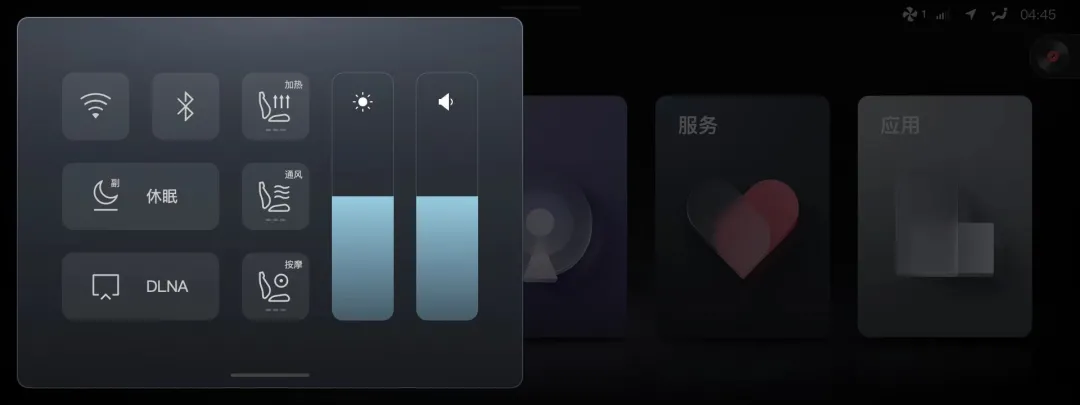 It’s not just about the complex product details that need to be adjusted, including quick operations on negative screens, convenient adjustments, application layouts, operation prompts, software logic, interaction design, and a lot of optimization work.
It’s not just about the complex product details that need to be adjusted, including quick operations on negative screens, convenient adjustments, application layouts, operation prompts, software logic, interaction design, and a lot of optimization work.
According to the official claim, Voyah supports over-the-air updates for cockpit, audio system, doors and windows, lights, assisted driving, and even braking. But why did the first OTA update fall on the product details update that is not necessarily “hardcore” from a technical perspective?
There is only one possibility: Voyah has initially closed the user feedback loop for iteration. For users, whether or not OTA is “hardcore” is far less important than “whether driving is now a little better”.
Voyah also regards this as a component of “high-end brand”. Lu Fang once said: “Understanding high-end actually means understanding users’ needs”.
However, whether it is Voyah or NIO, the more we delve into user needs, the more we find that many user feedback requires very solid underlying technology support. Therefore, Li Bin is now in charge of all NIO research and development, with more than ten vice presidents in various fields reporting directly to him.
Voyah is also working on SOA electrical and electronic architecture, 800V high-voltage platform, and Dream MPV and sedan projects.
Voyah FREE itself is a pure electric+range-extended dual-power layout. For users who have the condition to install home charging and mainly use it for daily commute, they can choose the pure electric version, which is economical and smooth. For users who don’t have the condition to install home charging and occasionally run between two cities, the range-extended version is obviously better.
The reason is simple, but why is Voyah the first to make this move?
Because the development workload of the entire powertrain and chassis matching will double, and the resulting overall engineering workload is equivalent to an increase of 1.5 times. Voyah is not without pressure, and there are different voices during the development process. Lu Fang’s balance is not easy, “the difficulty of the dual-power roadmap and cost is inevitable. It is based on user needs and user scenarios”.
Voyah is still expanding, in addition to the traditional body, chassis, styling, and interior, in the aspects of motor, electronic control, battery, intelligent driving, cockpit, and electrical and electronic architecture, Voyah is investing more ideas and resources.
Voyah’s self-positioning as a “user tech company” is just right.
Tomorrow
Voyah is far from reaching safe haven.Mercedes-Benz, BMW, Audi, and even Cadillac’s intelligent electric vehicles are coming soon, not just a transitional phase of oil-to-electric, but true forward-looking intelligent electric vehicle models in development. Not to mention Tesla, NIO, Ideal and XPeng, whose monthly sales thresholds have already reached 10,000 units, are all ready to launch new cars in 2022 and are preparing to make a big impact.
Fortunately, Voyah is not like traditional state-owned enterprises with bureaucracy and arrogance. On the contrary, Voyah’s understanding is very clear. A senior executive in charge of brand operation at Voyah said, “So far, I don’t think we have fully integrated (production, research and development, sales, and service), and we have to wait until the user’s mileage comes up and all aftersales services are up and running. This is a valuable node for us, and the whole basic capability.”
The new product, Voyah Dreamer and Voyah FREE, is once again a completely different exploration, even an “adventure”. Voyah has entered a market that no brand has ever entered before: large luxury electric MPVs.
Voyah’s Dreamer is a rare or even non-existent attempt in the MPV industry, such as double-wishbone front suspension and air suspension. However, for Voyah, one of the main challenges of the MPV market is that before the launch of Voyah, this market was not controlled by BBA. Therefore, the strategy that was initially successful with the Voyah FREE product line cannot be directly reused for the MPV.
Voyah must start from scratch and study the pain points of Japanese, Korean, and even American MPV players, or even things that are not necessarily pain points. From the perspective of Voyah FREE, as long as it is a part that can be sustainably improved and optimized, Voyah will follow up.
After extensive and in-depth communication with many different departments at Voyah, I have gained some new insights into the company. As mentioned at the beginning of the article, compared with other new high-end brands, Voyah’s greatest differentiation is that it does not believe in “differentiation”.
If Lu Fang were to play Go, I believe he would be the kind of person who has a “comprehensive strategy with no clever tricks”.
This article is a translation by ChatGPT of a Chinese report from 42HOW. If you have any questions about it, please email bd@42how.com.
